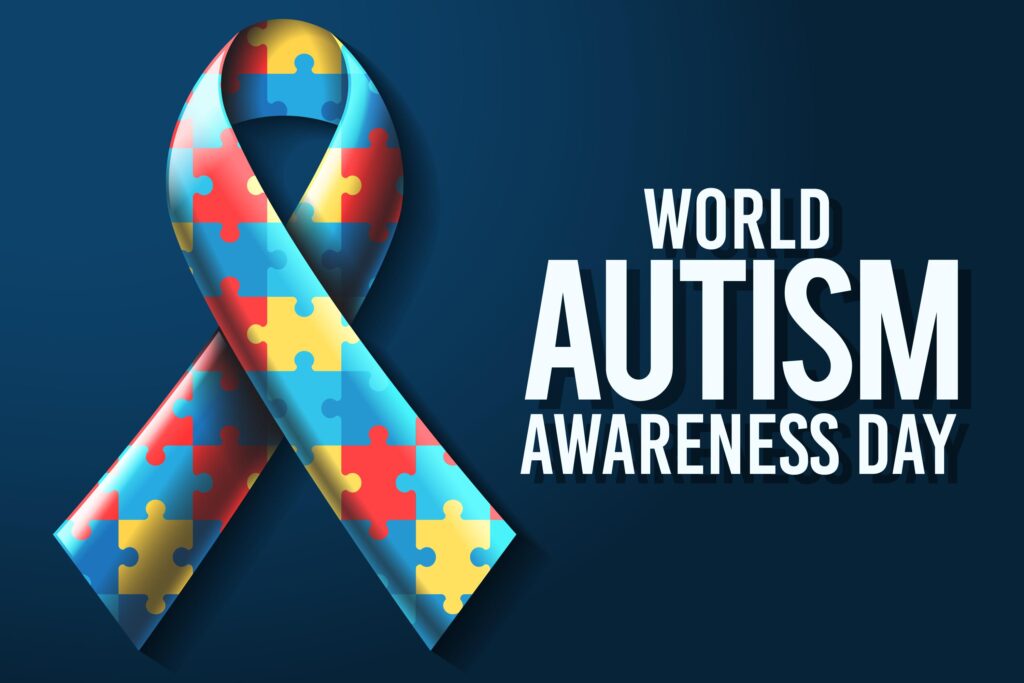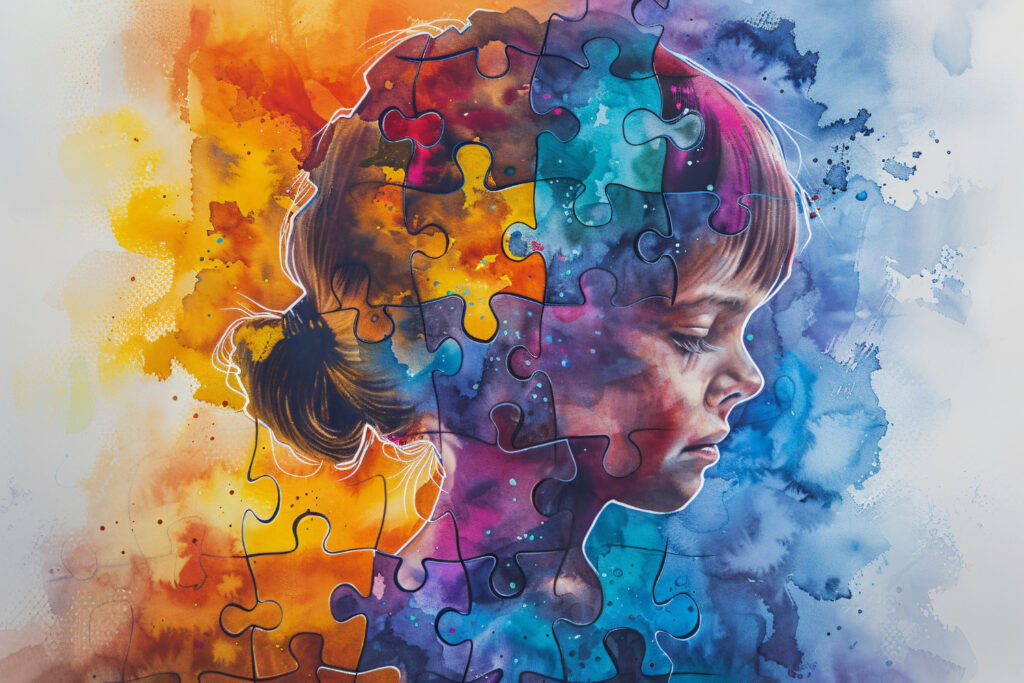
Every April 2, millions of people across the globe mark World Autism Awareness Day, a day dedicated to understanding and supporting those with autism spectrum disorder (ASD). For 2025, this event promises to be bigger and more impactful than ever, with a fresh theme and new ways for Americans to get involved. Whether you’re new to the topic or a long-time advocate, there’s something exciting happening this year that you won’t want to miss.
So, what’s on the horizon for World Autism Awareness Day 2025? The United Nations has set the theme as “Advancing Neurodiversity and the UN Sustainable Development Goals (SDGs),” a call to embrace differences and build a more inclusive world. In the U.S., where autism affects 1 in 36 children according to the CDC, this day is a chance to learn, connect, and take action. Let’s break it down and see what’s in store.
What Is World Autism Awareness Day All About?
First things first: what exactly is World Autism Awareness Day? Started by the United Nations in 2007, it’s a global effort to raise awareness about autism, a condition that shapes how people communicate, socialize, and see the world. The goal isn’t just to inform—it’s to break down stereotypes and push for acceptance.
In the U.S., this day hits close to home. With autism diagnoses on the rise, it’s likely you know someone—a neighbor, a classmate, or even a family member—living with autism. The day shines a spotlight on their experiences, challenges, and incredible strengths. Think of it as a moment to pause, listen, and learn how we can all do better.
For 2025, the focus is sharper than ever. It’s not just about awareness anymore; it’s about action. And that’s where the new theme comes in.
Understanding Autism: A Quick Rundown
Before we dive into the 2025 specifics, let’s talk about autism itself. Autism spectrum disorder, or ASD, is what experts call a “neurodevelopmental condition.” That’s a fancy way of saying it’s about how the brain grows and works. But here’s the key: it’s a spectrum. No two autistic people are exactly alike.
Some might struggle with things like making eye contact or chatting with friends. Others might love routines or have a knack for details—like remembering every state capital or spotting patterns others miss. Many autistic folks also deal with sensory stuff, like finding loud noises overwhelming. But autism isn’t a flaw—it’s a different way of being.
Here’s a cool fact: the idea of “neurodiversity” says these differences are normal and valuable. It’s like how some people are tall and others are short—variety makes us human. In 2025, World Autism Awareness Day is leaning hard into this idea, and it’s changing the conversation.
Why World Autism Awareness Day 2025 Matters

So, why should you care about World Autism Awareness Day 2025? For starters, it’s a chance to tackle some big issues. In the U.S., autistic kids and adults often face hurdles—like getting the right education or finding a job. This day pushes for solutions, from better school programs to workplace support.
The stats tell a story too. The CDC says autism now affects 1 in 36 kids, up from 1 in 44 just a few years ago. That’s a lot of families navigating this world, often without enough resources. Awareness helps shift that. It’s about saying, “Hey, these folks matter, and we need to step up.”
Plus, there’s history here. Since the UN kicked off this day in 2007, it’s grown into a movement. Buildings light up blue, people share stories, and communities rally. In 2025, it’s set to be even more inspiring with its focus on neurodiversity and global goals.
The 2025 Theme: Neurodiversity Meets the SDGs
Now, let’s get to the heart of World Autism Awareness Day 2025: the theme. “Advancing Neurodiversity and the UN Sustainable Development Goals” might sound like a mouthful, but it’s pretty straightforward once you break it down.
The SDGs are 17 big goals the UN set to make the world better by 2030—think ending poverty, boosting education, and cutting inequality. This year, World Autism Awareness Day ties those goals to neurodiversity, the idea that brains like those with autism are a natural part of humanity.

RELATED ARTICLE :
Weight Loss Journey: Top Trends and Tips to Drop Pounds in 2025
Take education, for example (that’s SDG 4). Autistic kids thrive with the right support—like smaller classes or teachers trained in their needs. Or look at SDG 10, reducing inequalities. That means making sure autistic adults aren’t left out of jobs or social spaces. It’s practical stuff that could change lives.
Dr. Stephen Shore, an autistic professor and advocate, once said, “If you’ve met one person with autism, you’ve met one person with autism.” That’s the spirit of 2025—celebrating uniqueness while pushing for fairness.
What’s Happening in the U.S. for 2025?
Across the U.S., World Autism Awareness Day 2025 is gearing up to be a big deal. Organizations like Autism Speaks are already planning events, from virtual webinars to in-person walks. The “Light It Up Blue” campaign, where landmarks glow blue, will be back—think of the Empire State Building or your local library joining in.
There’s fresh buzz too. In 2024, news broke about new autism research funding from the National Institutes of Health, and that momentum’s carrying into 2025. Expect talks about early diagnosis—studies show spotting autism before age 3 can lead to better outcomes—and more focus on adult support, a gap advocates are eager to fill.
Local communities are stepping up too. Cities like Austin and Seattle are hosting autism-friendly events, like sensory-safe movie nights or art exhibits by autistic creators. It’s a mix of fun and purpose, and you can bet there’ll be something near you.

How You Can Get Involved
Want to join the action for World Autism Awareness Day 2025? You don’t need to be an expert—here’s how to jump in:
- Wear Blue: On April 2, throw on a blue shirt or scarf. It’s a simple way to show you’re part of the movement.
- Light It Up: Grab some blue bulbs and light up your porch. Snap a pic and share it with #WorldAutismAwarenessDay.
- Hit an Event: Check Autism Speaks or local groups for walks, talks, or fundraisers near you.
- Spread the Word: Post a fact or story online. Did you know autistic people have starred in fields like tech and music? Share that!
- Support Someone: Know an autistic friend or family member? Ask how you can help—maybe it’s just listening.
Every little bit counts. Last year, a mom in Ohio told NPR how her son’s school went blue for the day, and it made him feel seen. That’s the kind of ripple effect we’re talking about.
A Final Word: Let’s Make 2025 Count
As World Autism Awareness Day 2025 approaches, it’s more than a date on the calendar—it’s a chance to change how we see autism in America and beyond. The focus on neurodiversity and the SDGs reminds us that inclusion isn’t optional; it’s essential. From lighting up blue to pushing for better policies, we’ve all got a role to play.
So, mark April 2 on your phone. Talk to your friends about it. Maybe even organize a little something in your neighborhood. Together, we can make 2025 a turning point for autism acceptance—one step, one story, one blue light at a time.
FAQs
1. What is World Autism Awareness Day?
It’s a global day on April 2 to raise awareness about autism and promote acceptance, started by the UN in 2007.
2. What’s the 2025 theme?
“Advancing Neurodiversity and the UN Sustainable Development Goals,” focusing on inclusion and fairness.
3. How common is autism in the U.S.?
The CDC says 1 in 36 kids have autism, and the number’s growing.
4. How can I help on World Autism Awareness Day?
Wear blue, attend events, or share info online—small actions add up!